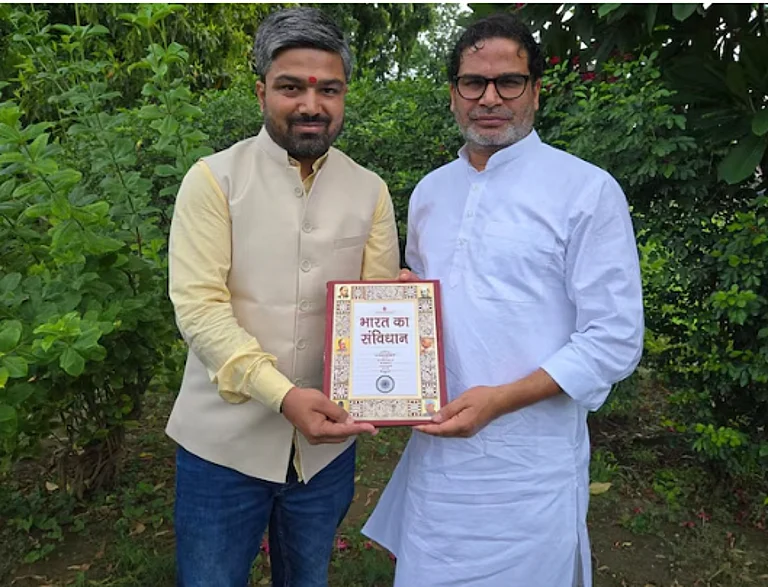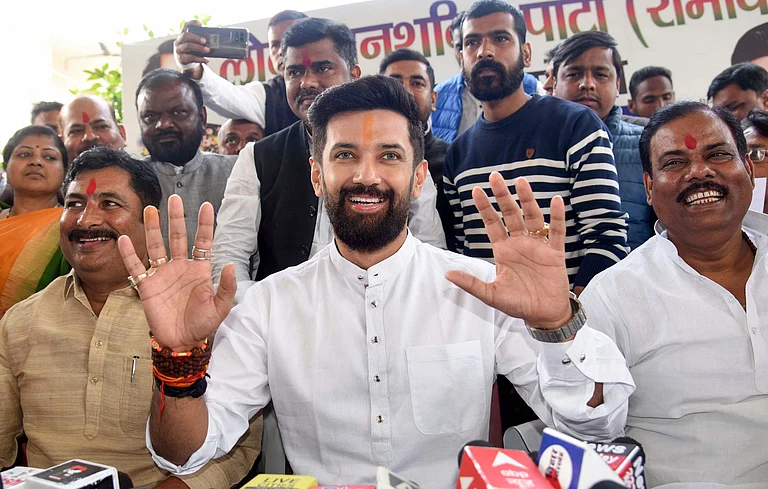Despite fading “Jungle Raj” narratives and upper-caste aspirations for a BJP-led chief minister, Nitish Kumar faces limited anti-incumbency and continues to command strong cross-caste support, bolstered by welfare schemes targeted at women
The first phase of polling reflects high engagement shaped by caste loyalties, local strongmen, welfare promises, and shifting generational preferences, especially among women voters
Solitude of Power explores Bihar’s political terrain through stories on caste politics, muscle power, the Left’s evolution, industrial decline, and the persistent culture of violence, highlighting a state at another defining crossroads.


